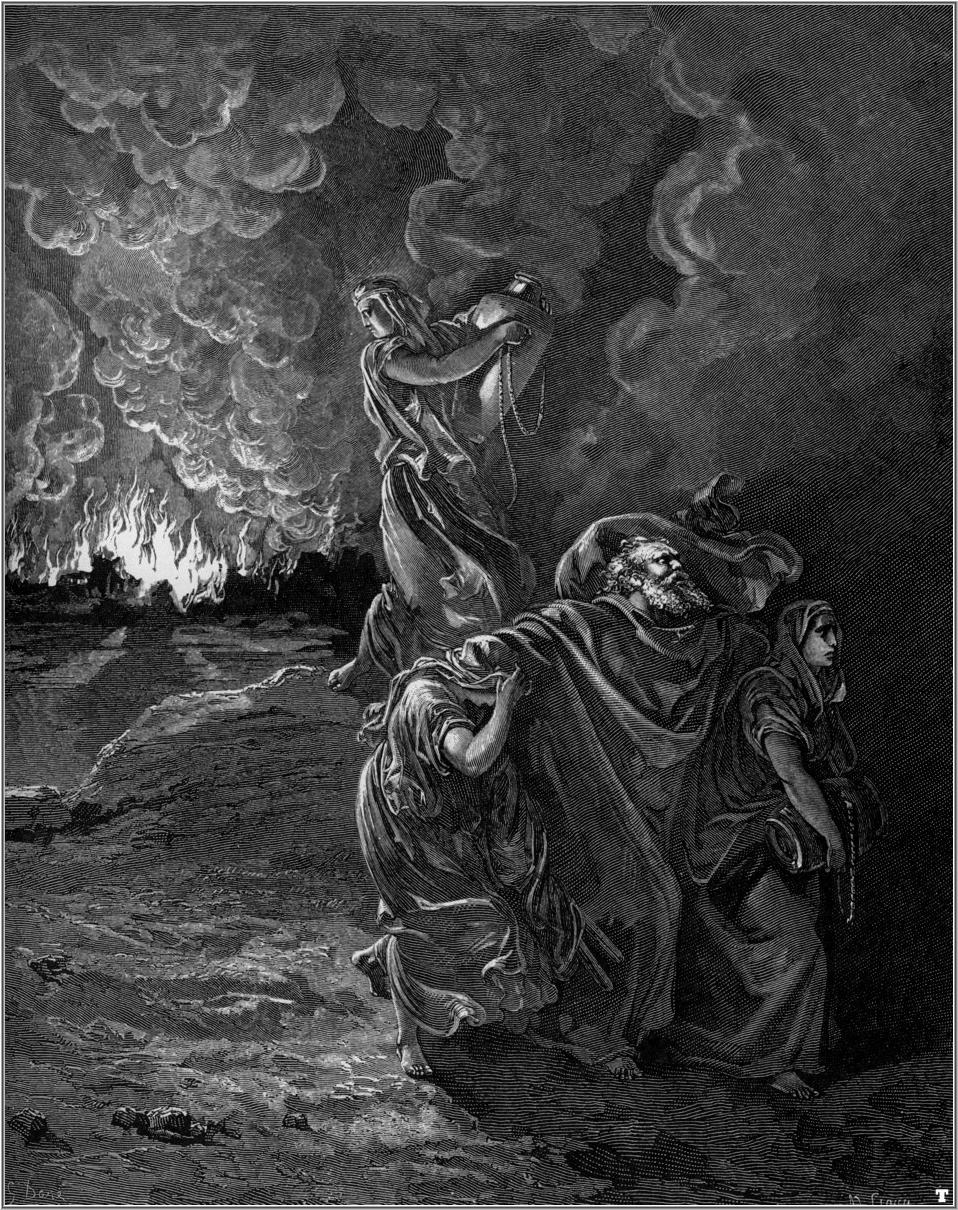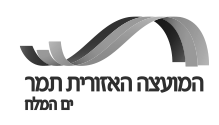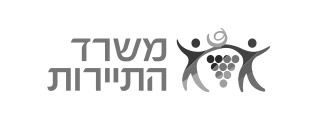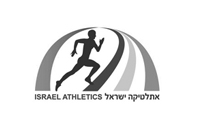- Welcome
- Don't look back!
- Sports & Lifestyle Expo
- Tomer & Giora Ron
- Medical Guidelines
- תמונות 2022
Welcome
DEAD SEA MARATHON ISRAEL
Running on the water at the lowest place in the world
Friday – 3.2.2023 – Ein Bokek, Dead Sea, Israel
The fourth edition of an event that has already become a tradition – a one-time running experience at the lowest place in the world, crossing the sea on flat dirt embankments in the desert, with stunning desert landscape alongside professional production and track management values and a well-renowned tradition of excellence.
Five courses for all levels: 50KM | 42.2KM | 21.1KM | 10KM | 5KM
Mr. Nir Wanger, Chairman of the Tamar Regional Council
“sports and cultural activities are of equal importance to body and soul especially in combination with a vacation in one of the most exceptional and beautiful places in the world. This creates a wonderful opportunity for athletes and the whole family to experience a unique adventure. Hotels, mall, beaches, hiking trails, nature sites (Masada, Ein Gedi Nature Reserve, Nahal Bokek and more) are all waiting for you. Come and enjoy the magic of the Dead Sea Land.”
Accommodation packages
We offer runners and their families accommodation packages at attractive prices. The accommodation package has been designed with the needs of the runners first and foremost and includes an early breakfast at five in the morning, a late check-out after the race and more. On Thursday evening we will have a pasta meal and a runners’ meeting at the hotel.
Competition distances
5KM – a taste of the unique route, running on the dike and the Ein Bokek promenade.
10KM – running on the dike out to the sea and returning along the new Dead Sea promenade.
21.1KM Half marathon – a half marathon flat out to the sea, dedicated to Tomer and Giora Ron.
42.2KM marathon – a flat marathon around the southern Dead Sea basin.
50KM Ultra marathon – The Israeli championship 50 km distance in cooperation with the Athletics Association.
* Cash prizes will be awarded to the overall winners in the four long allocations
Running into the sea
The highlight of the race is a run towards the center of sea on the border embankment of the Dead Sea Works that surrounds the southern part of the Dead Sea. Only once a year do the security forces permit use of the dikes for sporting purposes and this gives the runners the opportunity to discover breathtaking views that have so far been observed by employees of the Dead Sea factories or security personnel.
The embankment serves as the border area between the Israeli Dead Sea and the Jordanian Dead Sea and passes as a fence without a barrier between the countries, which maintains a common and peaceful daily routine between the two sides. The route is mostly on a compacted and flat fine gravel area. The event will be secured by security forces – police and army.
The new Ein Bokek promenade
The beating heart of the event is located on the shores of the Dead Sea, on the new promenade of the hotel complex (Ein Bokek), from where the runners will cross the start line and where they will return to the glorious finish and a fun for all event. The prize giving complex will include an expo – a professional fair with the best sports and lifestyle companies, the running kit distribution area, a recovery area for runners and activities for the whole family.
Ein Gedi Race
The Dead Sea Land Marathon has developed from the foundations of the old Ein Gedi Race, which for over 30 years hosted tens of thousands of runners. The Ein Gedi race was an anchor point in the annual race schedule of amateurs and professionals from all over the country who were addicted to the magical and quiet landscape. As a continuation of the commemoration to that race, at the end of the half marathon, an event will be held in memory of Tomer and Giora Ron, young members of Kibbutz Ein Gedi.
The organizers
Forum Productions, which operates on behalf of the Tamar Regional Council.
Don't look back!
 Written by Daniel Keren
Written by Daniel Keren
Take a good look at this sculpture set in Vancouver. Two runners are depicted here; their expressions reflect a great effort. The runner on the left looks ahead while the one on the right glances back over his shoulder. This sculpture commemorates one of the greatest moments in the history of sport, the decisive moment in the race that was titled “The Mile of the Century“, “Miracle Mile“, and a defining moment in running history.
A race that brought together two runners, Australian John Landy and England’s Roger Bannister, who had achieved what was considered until that year humanly impossible, completing the one mile run in less than four minutes.
It was especially challenging for Landy. He had excellent speed but his strong competitor, Bannister, had a crazy kick, that is, the ability to gain speed rapidly towards the finish line and catch his rivals off-guard. Landy in a tactical decision started at a strong pace keeping his speed up all the way to exhaust Bannister to a point that he would not be able to carry out his famous sprint. Landy led the pack of runners firmly at a dizzying pace speeding towards a new world record.
At the halfway mark, Bannister was still trailing behind in fifth place unsure if he could keep up the mad pace all the way.
With one lap to go, Bannister worked his way up from the back positioning himself just behind Landy where he waited for the right moment. With approximately 90 yards to go, Landy who was concerned about Bannister’s position behind him glanced back to his left. At that very moment, Bannister passed him on the right with his famous sprint, heading to the finish line. They both crossed the finish line in less than four minutes.
 Since then, much has been written about that look behind the shoulder, what it conveys as well as its consequences. However, the look behind the shoulder was already discussed thousands of years earlier as depicted through the story of Lot’s wife, which became a canonical historic narrative.
Since then, much has been written about that look behind the shoulder, what it conveys as well as its consequences. However, the look behind the shoulder was already discussed thousands of years earlier as depicted through the story of Lot’s wife, which became a canonical historic narrative.
As is known, the evil deeds of the people of Sodom brought God to the decision to kill all the people of the city, except Lot and his family. The Angel of God, who spent the eve of the destruction of Sodom with Lot’s family, instructed them to flee: “…he said, Escape for thy life; look not behind thee, neither stay thou in all the plain; escape to the mountain, lest thou be consumed.” (Genesis 19:17). Lot’s married daughters, on the advice of their husbands, dismissed the imminent threat disregarding all his pleas and Lot fled from the city with his wife and two virgin daughters. In their flight, while God poured fire and brimstone on Sodom and Gomorrah, Lot’s wife looked back, against the expressed command, and turned into a pillar of salt.
The gaze of Lot’s wife was given many interpretations: a fearful look that their flight was not fast enough and death would catch up, a curious look at the miraculous spectacle of fire and brimstone falling from the sky, or perhaps a look that expresses sorrow for her daughters who had been left behind.
Looking back may refer to the physical action but at the same time it suggests contemplating what has happened in the past. From looking back we learn where we came from and how we got where we are. It shapes our identity and can help us learn lessons from our experience and, no less importantly, from the experience of others.
In professional competition, looking back is considered taboo. It negatively affects running style, it causes the runner to take his eyes off the destination he is aiming for, and above all, it conveys fatigue and motivates those who identify the weakness to compete stronger than before. Looking back is the shift from running to win to running not to lose.
At the Dead Sea Marathon, as the gaze of Lot’s wife watches us running along the blue water, look ahead, look to the sides, don’t look back.
Sports & Lifestyle Expo
Race participants and guests are welcome to explore exciting exhibits of top vendors in the sports & lifestyle market. For information on becoming an exhibitor, please contact Mr. Ophir Kindler marathon@forumpro.co.il
Tomer & Giora Ron

Tomer – born on Kibbutz Ein Gedi, was a talented musician, philosopher, and keen runner. He worked in agriculture in the date orchard on the kibbutz that he loved so dearly, where he tragically lost his life when the crane on which he was standing turned over and killed him.
Tomer was born and raised on Kibbutz Ein Gedi, and was deeply connected with the kibbutz his entire life. He was the second-born to his parents, Ruti and Eli Ron, who were among the founders of the kibbutz. In his early years, Tomer was a slender child, full of mischief and a lover of life. Already in elementary school he wavered between two passions – playing the piano and long-distance running. As he matured, he underwent a significant change, from a jovial boy to a more reserved young man, quiet and serious, who excelled in his studies.
The death of his beloved and admired brother Giora, who was killed during the First Lebanon War, caused Tomer enormous grief just as he was entering the final stages of his matriculation exams from high school. Despite this terrible event, he still managed to pass all of his exams with surprising success.
Tomer was always fervently connected with his home and his family. So, when the difficult circumstances now cast him as the oldest sibling in the family, he was immediately imbued with a feeling of immense responsibility towards his parents and younger brothers, Erez and Ronen. Each day, until his last, he worried for the well-being of the entire family.
When he completed his studies, Tomer spent a year volunteering on the new Kibbutz Holit. The disconnection from his home was extremely difficult for him. He served his country in the Intelligence corps of the IDF, as a disguised soldier in civilian clothes.
After his discharge from the army, Tomer returned to work in the date orchard, as he had in his youth. This allowed him to enjoy the solitude of nature for many long hours, which greatly suited his personality. During his work – which he undertook with zeal, fulfilling the tasks of at least two or three regular workers – he spent much time on personal reflections, or joyfully listened to music.
Outside of work, he continually developed and invested time in his other pursuits. Running became a way of life; he was often seen running along the pathways of the kibbutz, and as a more mature runner he achieved remarkable triumphs. Tomer was also deeply interested in literature, and read many beautiful works, mostly translated. Jazz was another life passion; he acquired a rare collection of records and CDs and enriched his knowledge of the genre through reading professional works – making him one of Israel’s leading experts in Avant-guard jazz.
After a few years of work in the date orchard, Tomer turned his attention to studying philosophy at Tel Aviv University. He learned for the knowledge, not for a degree or certificate. He did not stand out during class, due to his great humility, but his papers were of a very high standard and he engendered a warm relationship with the staff.
When he graduated with honors, he returned to the date orchard, where he was tragically killed. His drive to achieve led him to forsake safety precautions, and the crane on which he stood overturned. In the blink of an eye his life was lost, at the age of 31.
The musical notes in his room fell silent.

Giora – a young man of grace and respect. A passionate runner his entire life, he was killed on the first day of battle of the First Lebanon War in 1982. Giora was the son of Ruti and Eli, who were among the founders of Kibbutz Ein Gedi, and was one of the first children born on the kibbutz.
In 1960, the year that Giora was born, Kibbutz Ein Gedi was still thought of as a commune on the other side of the world, far from clinics and hospitals. This caused his mother, as she neared her time to give birth, to make her way to Kiryat Haim, where Giora’s grandparents lived, and where Giora spent the first month of his life. The return home, which was too long and complicated to make by car, was undertaken in a Piper aircraft.
Giora grew and was educated amongst a small group of children, studying in his kibbutz home for nine years. Afterwards he completed his studies at the high school in Arad. After a long day at school and an exhausting ride home, he would change into his sports clothes and head out for a training run – day in, day out. As a student of distinction, he was chosen to represent his school on a youth visit hosted by the Jewish community in London.
With the completion of his studies, Giora spent a year volunteering in Kiryat Ekron, guiding the local youth. The year was formative in his personal development. New worlds opened up before him: painting, music, literature and philosophy – in addition to running, his daily bread. That year also revealed the beauty of friendship, and deep relationships were formed with his fellow volunteers. It was a period in which he flourished, but this was brought to an end in 1979 with his recruitment to the IDF.
Giora joined the Nachal Brigade and served as a paratrooper. Although army life stifled him, he was an outstanding soldier throughout his service. Nevertheless, he was continually aware that the army was separating him from more spiritual and cultural pursuits. Thus, during home visits, he would wake up early every morning, despite the deep exhaustion he suffered as a combat soldier, in order to enjoy what he loved most. “I can’t waste a Shabbat on sleep,” he would say.
In February 1980, Giora completed his parachute course, and that summer finished sergeant training. However, the chance to proceed to officer training caused him much consternation: he viewed it as immoral, and claimed that he didn’t have – and neither did anyone else – the right to order around or punish his fellow man. Consequently, when he was sent to officer school, he removed himself from the course.
Despite his distaste for military life, he was a beloved commander to his subordinates, and was even selected as a soldier of distinction. On Israel’s Independence Day in 1982, he was among the soldiers of distinction invited to the President’s Residence.
A few months before his longed-for discharge, the “Peace in the Galilee” (First Lebanon) War broke out, and on 7 June 1982, his company found itself sea-bound for the Lebanese coast. The company landed north of Sidon. As they passed by the village of Ras Nabi-Younus, they were fired upon from one of the homes, on the roof of which flew a white flag. Giora was wounded and killed. He was 22 years old.
And so the life that had just begun to flourish and blossom was brought to an untimely end.
Medical Guidelines
Medical Guidelines for Runners
Physical preparation
Before you begin training:
If you have any doubts about your physical ability to begin running, it is advised to consult with your family physician or with a sports physician.
Training:
- If you have never run long distances before, training with professional trainer is advised.
- Include exercises in your training program that focus on both the cardiovascular and musculoskeletal systems.
- Be sure to follow a training program that is based on your personal fitness level to avoid over-training which can increase the risk of injury.
- It is advised to Set targets (distance and speed) that suit your training and fitness levels.
- Running the half-marathon is recommended for runners who have participated in at least three 10km races over the past two years.
- Running the full marathon is recommended only after running at least 2 half-marathon during the previous two years.
Injury or illness during training:
- Any training session that was canceled due to injury or illness will set the runner back two days in the training program. Please consult with an expert regarding the optimal way to resume training after an illness.
- Running with an injury that has not completely healed may worsen the injury and even cause irreversible damage.
- If you suffered from fever, upset stomach or diarrhea during the week before the marathon, do not participate in the marathon.
- The Ministry of Health recommends that runners be examined by a family or sports physician before running in the race.
- Ministry guidelines indicate that the examination should include an EKG in order to rule out congenital heart defects.
- The health statement includes a reference to the runner’s health condition during the week preceding the race.
Nutritional Preparation:
48 hours before the race:
- Increase intake of carbohydrates such as pasta, rice, potatoes and bananas
- Consume a bit more salt that you normally would
- Refrain from drinking coffee and alcoholic beverages
- Drink 500 ml of water two hours before the race
- Slowly consume another 500 ml of water before the race begins
- Be sure to get enough sleep, especially on the night before the race.
During the race:
- Drink water at every station
- The recommended water consumption rate is 7 ml per kg per hour for men (e.g. a man weighing 70 kg should drink approximately 0.5 liters of water every hour) and 6 ml per kg per hour for women. Drink an additional 100-300 ml of water each hour, according to quantities of sweat and weather conditions
- On hot days, runners should pour water over their heads and bodies, cool themselves under the sprinklers along the course and increase water intake.
- Half-marathon and marathon runners should use electrolytes tablets, isotonic drinks or gels during the run in hot days and if you sweat a lot in order to avoid low sodium levels in the blood (hyponatremia).
- To estimate the amount of fluids lost while running, weigh yourself before and after training (without clothes that tend to absorb large quantities of sweat). Each kg. less after running is equivalent to 1-1.5 liters of water (but no more than that!).
After the race:
- Drink water and eat as needed
- It is recommended to weigh yourself before and after the race
- (without clothes that absorb large quantities of sweat), in order to estimate loss of fluids during the race. Every kilogram lost during the race should be replaced with 1-1.5 liters of water (but no more!)
Before and during the race:
- Dress according to the weather conditions on the day of the race. Prepare a change if needed after the race.
- Note important personal information on the back of your number tag including: name, telephone number, important medical information (sensitivity to drugs, conditions such as diabetes and asthma etc.)
- Runners with diabetes should carry a tag or indication of their condition and carry carbohydrates
- Runners with asthma should carry a tag or indication of their condition. It is recommended to use an inhaler as necessary
- Stop running, move to the side and approach a member of the medical team located along the course.
in case any of the following symptoms appear, notify a member of the medical team immediately.:
Dizziness, Nausea, Weakness, Chest pain, New, unfamiliar pain, Extreme shortness of breath, If you notice that any of the other runners are not feeling well or have collapsed.





















